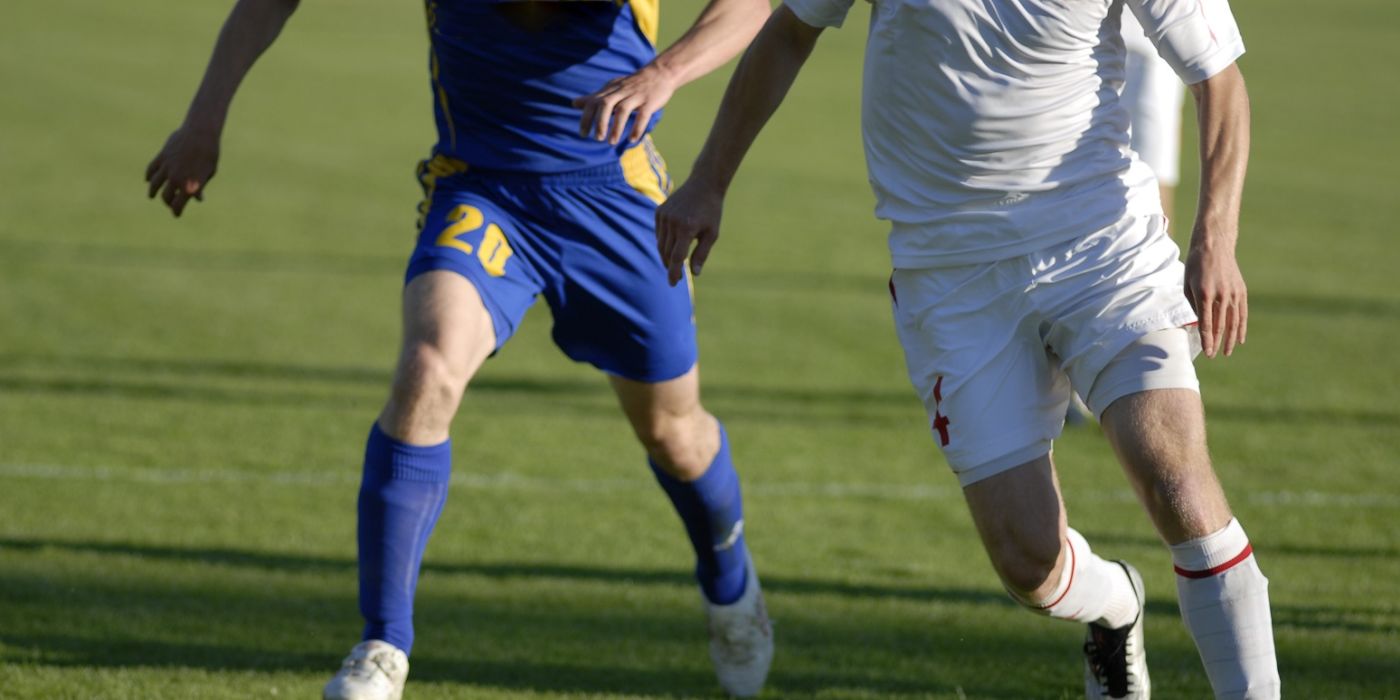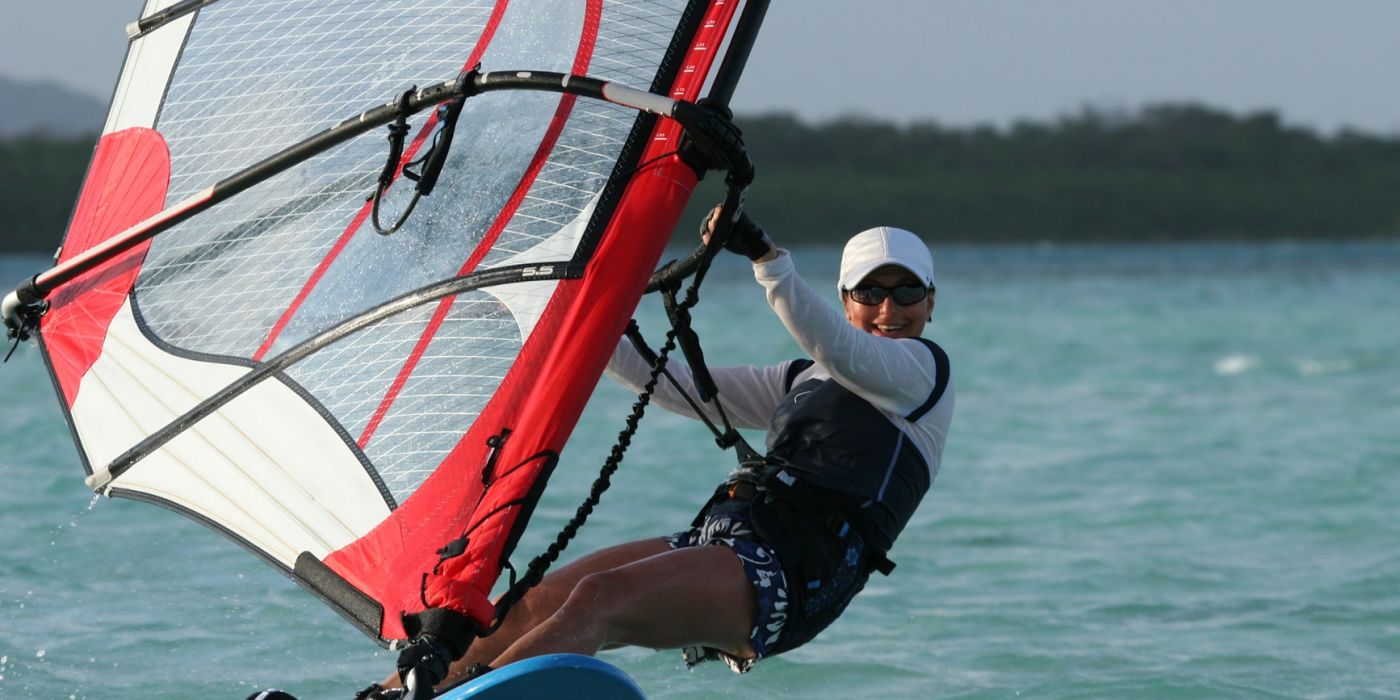
Have your glasses been holding you back on the field? Slipping down your nose in the gym? Or bouncing up and down as you run? Then contact lenses could be a great option for you – as they are for the majority of glasses wearers. But there are pros and cons to consider before deciding whether lenses would be the right choice for you and your sport.
Pros of Contact Lenses for Sports
There are so many great benefits of wearing contact lenses for sports, from comfort to safety. And Leightons offers some of the best contact lenses for sport on the market! Check out why we love them:
? Concerned contacts won’t carry your prescription? Contact lenses actually come in a wide range of prescriptions to fit most people’s needs. Just ask your optician!
? See the whole pitch with a more natural field of vision. Contacts give a 360-degree view, so you can keep your eye on every aspect of the game with increased spatial awareness. Perfect for fast-paced sports like football and hockey.
? Been eyeing up some specialised sports sunglasses? With contacts, you won’t need to worry about getting your prescription fitted to your sunglasses too – bringing down cost and giving you more frames to choose from.
? A huge advantage of contact lenses during sports is that they can’t fall off or break – helping avoid injury. Great for contact sports like rugby or karate!
? Getting hot and sweaty in the gym? Contact lenses won’t steam up like glasses, so you can focus on the gains and not on cleaning your spectacles.
? If you play a sport that requires another type of headgear – such as goggles or a helmet – contact lenses won’t get in the way. Making them a more practical, and safer choice for skiers, horse-riders and scuba divers.

Cons of Contact Lenses for Sports
Of course, contact lenses are not for everyone, or for every sport. And there a few aspects of wearing contact lenses for you should bear in mind:
?? Contact lenses can take practice, but we will make sure you are confident applying and removing the lenses from your eye. Clean hands are required to do so – meaning they might not be the best idea for sports that involve a lot of mud. Of course, you won’t actually be putting them in on the pitch though, so with a bit of practise, you should be right as rain.
?? If you prefer to keep your glasses for daily wear and only need contact lenses for your sport, there is of course the chance of losing your lenses amongst bags and belongings. But that’s where daily contact lenses are a great option, as you can always get the next pair out of your pack and carry on!
?? Sadly, contact lenses don’t do well with water, so it’s best not to swim while wearing contact lenses. Getting them wet increases the risk of bacteria getting into your eyes and causing infection. In particular, a bacteria called acanthamoeba can cause painful infections and even loss of sight if left untreated. So contacts aren’t the best choice for casual swimmers. However, if you invest in a pair of goggles to stop the water getting in your eyes, you’ll eliminate the risk, freeing you up to wear contacts with a whole range of water sports.
Plus, there are plenty of water-based activities that don’t require you to submerge your whole head in the water! Making contact lenses perfect for sports like fishing, canoeing, kayaking, or paddleboarding.
?? Another consideration with contact lenses is wind. Contact lenses can become uncomfortable when your eyes dry out, which could be an issue with sports like sailing, windsurfing, or kiting. But if you want to give them a go, we’d advise to get lenses with UV protection, as well as having eye drops and a pair of back-up glasses on hand.
?? It’s also worth mentioning that there are some professional sport associations, such as boxing, that don’t allow contact lenses. Therefore, it’s always a good idea to check with your sporting body what the rules are. Having said that, plenty of professional athletes – such as Novak Djokovic and even Cristiano Ronaldo – do wear lenses while playing. So if you end up choosing contact lenses for sports, you’ll certainly be among excellent company!

Alternative Options
If you are unable to wear contact lenses for water sports, or other reasons, there are alternatives available that will meet all your requirements.
Ortho-K
Orthokeratology (Ortho-K for short) is a corrective eye treatment that’s great for people with an active lifestyle, especially if you regularly play contact sports or water sports.
Instead of wearing glasses or contact lenses during the day, you wear special Ortho-K lenses only at night. These work to re-shape the surface of your eye as you sleep – giving you natural, crisp vision throughout the day after removing them when you wake up.
Of course, these aren’t suitable for every type of sight loss. They can be prescribed for either:
- Slowing childhood myopia
- Correcting issues with refraction such as astigmatism, myopia or presbyopia

Specialised sports glasses
With features like wraparound frames, anti-glare, UV protection, polarised lenses (great for activities like sailing) and more, there’s a whole range of sports glasses you can opt for if contact lenses aren’t suitable.
At Leightons we carry some of the best sports frames, such as Oakley, Nike and Maui Jim. With plenty of sizes and colours available to suit children and adults alike.
Book an appointment
Of course, you can always buy contact lenses online. But if you’ve never used them before, you’ll need to get a special prescription from your optician – as prescription contact lenses aren’t the same glasses prescriptions.
At Leightons, our expert opticians will measure your prescription and advise you on the best contact lenses for your needs. Whether that’s contact lenses for sports, or just for daily wear. And we have a whole range from cheap contact lenses to more expensive, high-tech solutions, to accommodate every budget.
You can book an appointment online, or over the phone on 0800 40 20 20. We look forward to welcoming you at your local branch soon!








